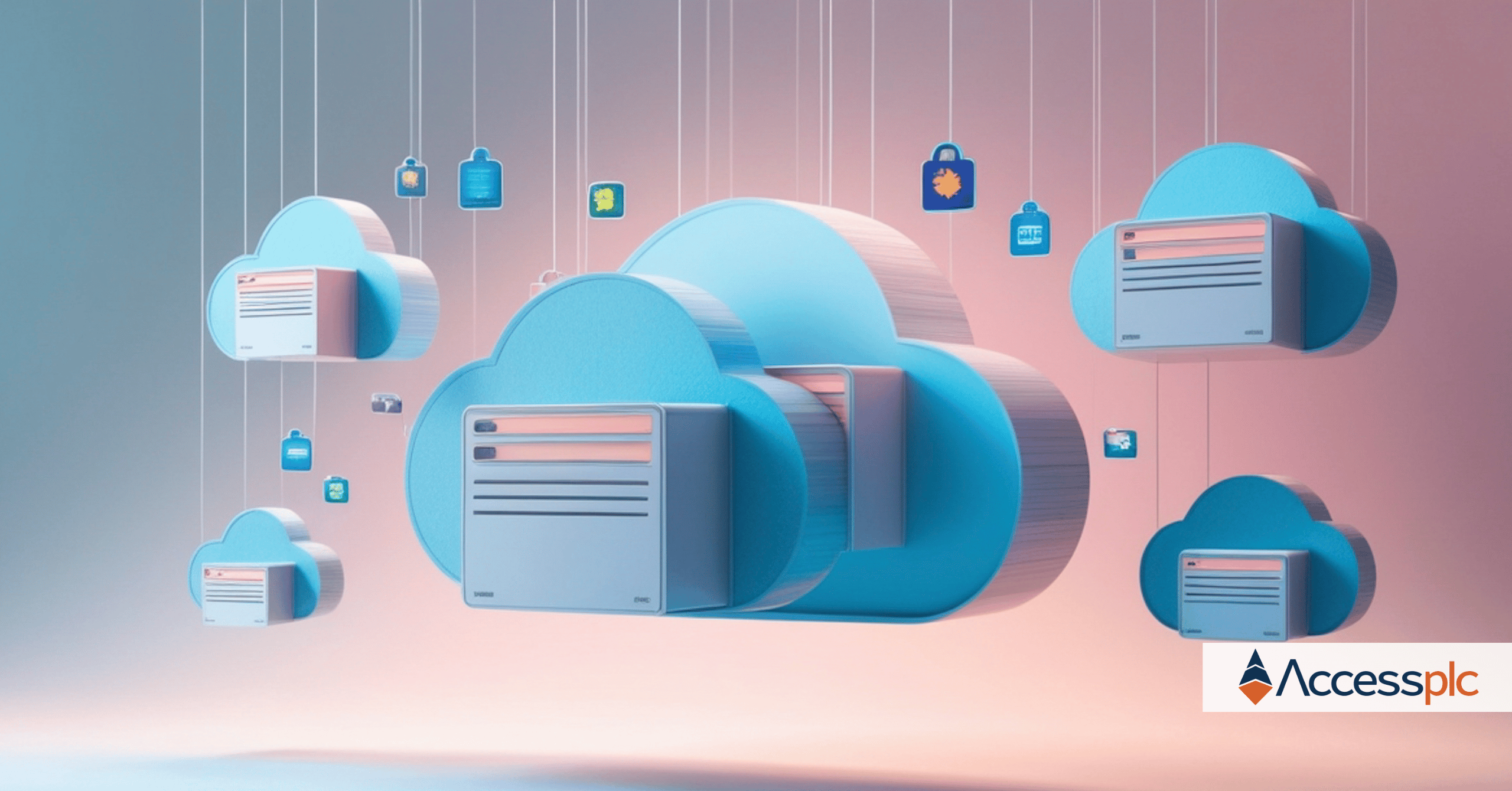Planning and implementing a Windows 11 migration project is a big undertaking, with the level of complexity increasing the more users, endpoints, and applications that exist in your IT estate. Even being clear on the next steps can be complex – both what those steps are and how you should approach them.
For this blog, we are going to use an analogy that takes us away from our keyboards and screens and puts us outside on a cold, muddy, and probably wet building site. If you ask the construction manager or foreperson about progress on our fictional site, you will hear them tell you the building work has to get out of the ground first.
This is because in construction, getting out of the ground is the most unpredictable element of the project. Until you start digging, you don’t know what you will encounter. Things become clearer once you get into the ground and can make fact-based decisions on laying the foundations. Once the foundations are down and you are out of the ground, everything becomes much more predictable and easier.
Back to your Windows 11 migration project – the next step you should take is to get out of the ground.

Knowing What You Are Dealing With
You can’t construct a house or commercial building without laying proper foundations, and you can’t successfully migrate your organisation to Windows 11 without developing a clear plan for users, hardware, cloud options, and applications.
You can’t decide on the right approach for laying the foundations of the building until you have a full understanding of what is happening underground, from the nature of the materials you are dealing with to the precise location of services such as sewers and water mains. Similarly, you can’t develop a clear plan for users, hardware, cloud options, and applications until you have a full understanding of your current operations.
What are the makes and models of all the desktops in your hardware landscape?
How many of those desktops have specifications that are below the minimum required by Windows 11?
How many of the desktops in your current hardware landscape lack TPM 2.0 (the international standard for securing hardware that is common now but might not be available on machines that are about five years old or older)? How many of your servers also lack TPM 2.0?
What application types and deployment technologies do you use to get apps onto those desktops and keep them updated?
Knowing What You Are Dealing With – It’s Easier than You Think
In the past, this part of “getting out of the ground” in major IT migration projects was almost as dirty and back-breaking as trudging through a muddy building site on a cold and wet February morning. It was death-by-spreadsheet – incredibly time-consuming with a process that was never accurate and results that were never fully complete.
Not anymore as automation technologies like Access Capture and Access Symphony can give you the information and answers that you need to understand the current status of your hardware and application estate, with data that is accurate, complete, and usable.
Making Decisions
In our analogy, we’ve deployed an automated digger to expose the site underground to give us a full understanding of the desktops, applications, and users that will potentially be involved in the migration. And we’ve got to this stage quickly while remaining clean and dry.
The next step is to lay the foundations, a step that primarily involves assessing your hardware landscape and making decisions, taking into account user needs and application deployment requirements.
One of the big decisions is what to do with the desktops and/or servers that don’t support TPM 2.0 or have other specifications that fall short of Windows 11’s minimum requirements. In most situations, there are three main options:
- Replace the hardware that isn’t suitable for a Windows 11 migration.
- Move users currently on desktops that are not compliant to a virtual desktop solution such as Windows 365.
- Implement a mix of both options depending on the user and their computing, storage, usability, and application requirements.
Laying the Foundations
Choosing between the three options above is not just a hardware decision. User buy-in and education are also crucial, as is your application packing and delivery strategy.
Replacing older desktops with new hardware can be the most straightforward option as you might be able to keep your current app strategy and the user experience should (in theory) be relatively seamless.
However, buying new hardware is also the more costly option and it is not always the best strategic decision for your business.
Similarly, the option of moving all non-compliant desktops to the cloud is rarely the best option given the unique requirements of some users and the legacy systems that might need to remain post-migration.
A hybrid solution is often the best approach.

The Role of Skilled Tradespeople
Again, laying these foundations for your Windows 11 migration project is much easier than pouring concrete, etc on a construction project, as Access Capture, Access Symphony, and other automation technologies can do much of the heavy lifting.
There is one final takeaway from the building industry that we can draw on as we bring this blog to a close – the important role that skilled tradespeople play in construction. In construction, the right tradespeople will prevent mistakes while delivering high-quality results.
The tradesperson equivalent in the world of automation and technology are Windows 11 migration subject matter experts (SMEs), and we have the best in the business at Access IT Automation.
In summary, clearly defined next steps plus industry-leading automation technologies plus best-in-class SMEs will ensure you have the right foundations in place for your Windows 11 migration project.
From there, you will be “out of the ground” and your Windows 11 migration will be smoother and more predictable. The Access IT Automation SMEs and automated diggers are ready to roll – let’s get started.


